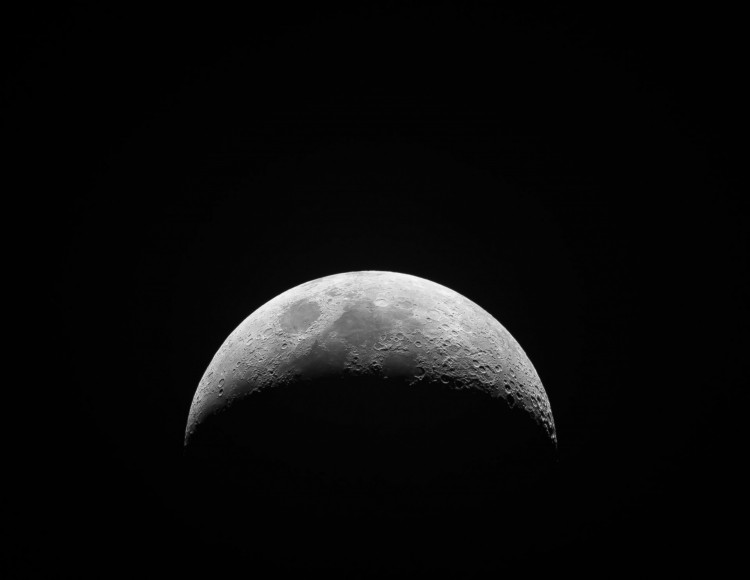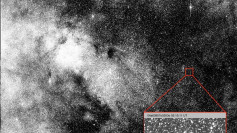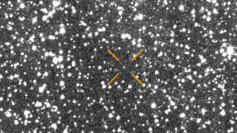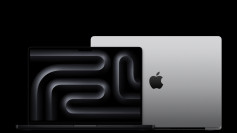The Chinese Foreign Ministry denied U.S. suspicions that a spent rocket booster set to crash into the far side of the moon next month is a remnant of a Chinese lunar mission from 2014.
The booster in issue, which NASA said was likely from China's Chang'e 5-T1 mission, "safely entered the Earth's atmosphere and was completely incinerated," according to a representative.
"China follows international law for development of space affairs, and will safeguard the long-term development of outer space activities and conduct wider consultations with relevant sides," the spokesman said.
An independent researcher initially identified the rocket booster as a used Falcon rocket stage from Elon Musk's SpaceX, but the U.S. space agency NASA indicated earlier this month that the space debris was most likely leftover from China's Chang'e 5-T1 mission, which launched in 2014.
In October 2014, an unmanned Chang'e 5-T1 spacecraft was launched into space on a three-stage Long March 3C rocket to test the ability of the return capsule to re-enter Earth's atmosphere. The test was a success, with the capsule returning to Earth later that month.
The mission was part of China's lunar exploration program, in which the country hopes to send humans to the moon in the future. Chinese lunar probe inventor Ye Peijian recently told state broadcaster CCTV that achieving this aim before 2030 was "entirely possible."
Bill Gray, the astronomer who predicted the collision, previously stated that he misidentified the rocket as a SpaceX Falcon 9 rocket stage that assisted in the launch of the Deep Space Climate Observatory satellite in 2015.
"I thought it was either DSCOVR or some bit of hardware associated with it," Gray wrote in his blog. "WE0913A had gone past the moon two days after DSCOVR's launch, and I and others came to accept the identification with the [Falcon 9] second stage as correct. The object had about the brightness we would expect, and had showed up at the expected time and [was] moving in a reasonable orbit."
Jon Giorgini, an engineer at NASA's Jet Propulsion Laboratory who oversees active spacecraft, told Gray of the error on Feb. 12. Giorgini discovered the DSCOVR spacecraft in NASA's Horizons database, which tracks the approximate positions and orbits of hundreds of millions of solar system objects.
The issue of the derelict booster has reignited debate about space trash and how to track it, with both unmanned and manned spacecraft potentially endangered by collisions. The impact of the rocket booster on the moon, on the other hand, is not expected to cause any problems.
But the issue still stands: nobody wants to take responsibility for the rogue rocket.





